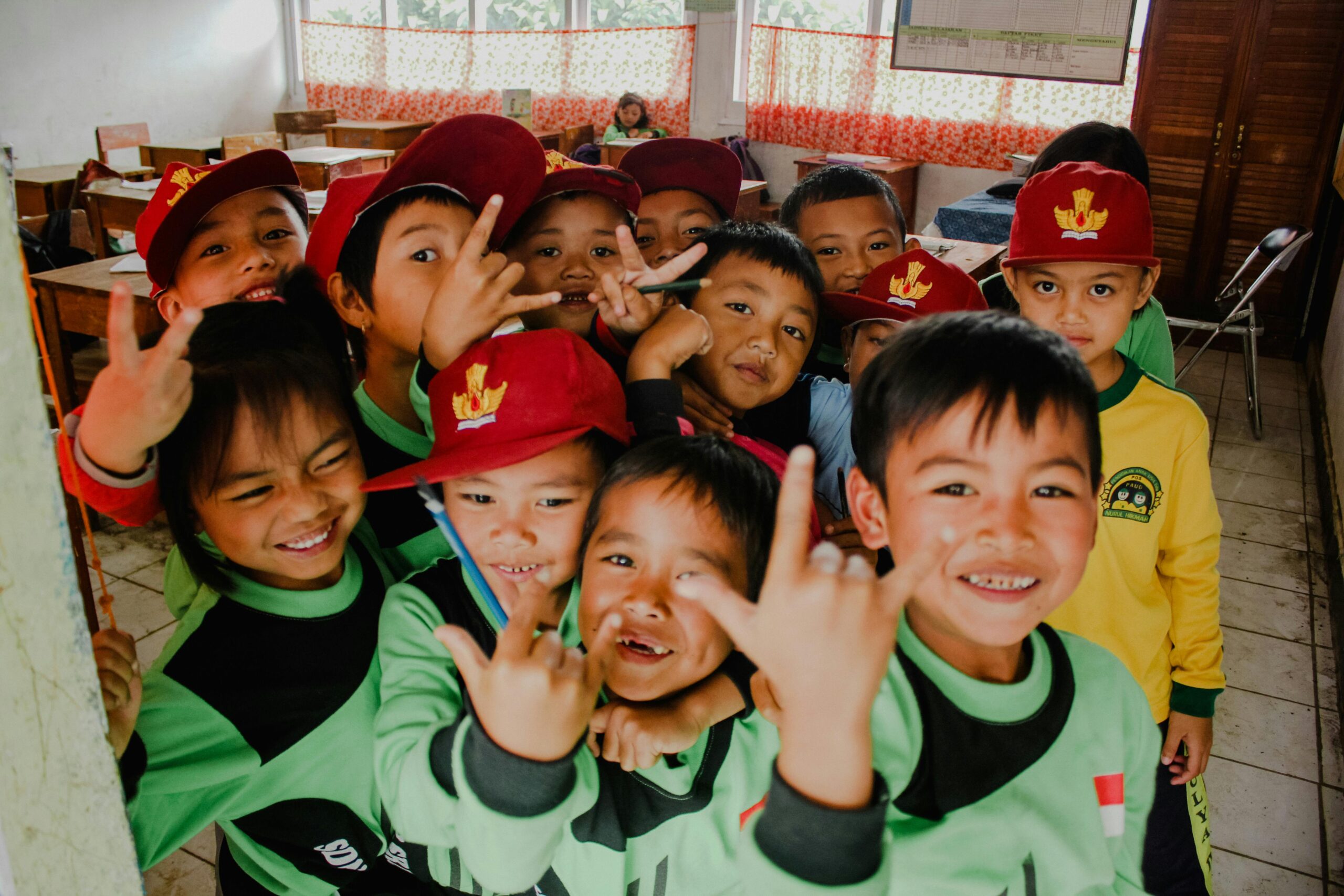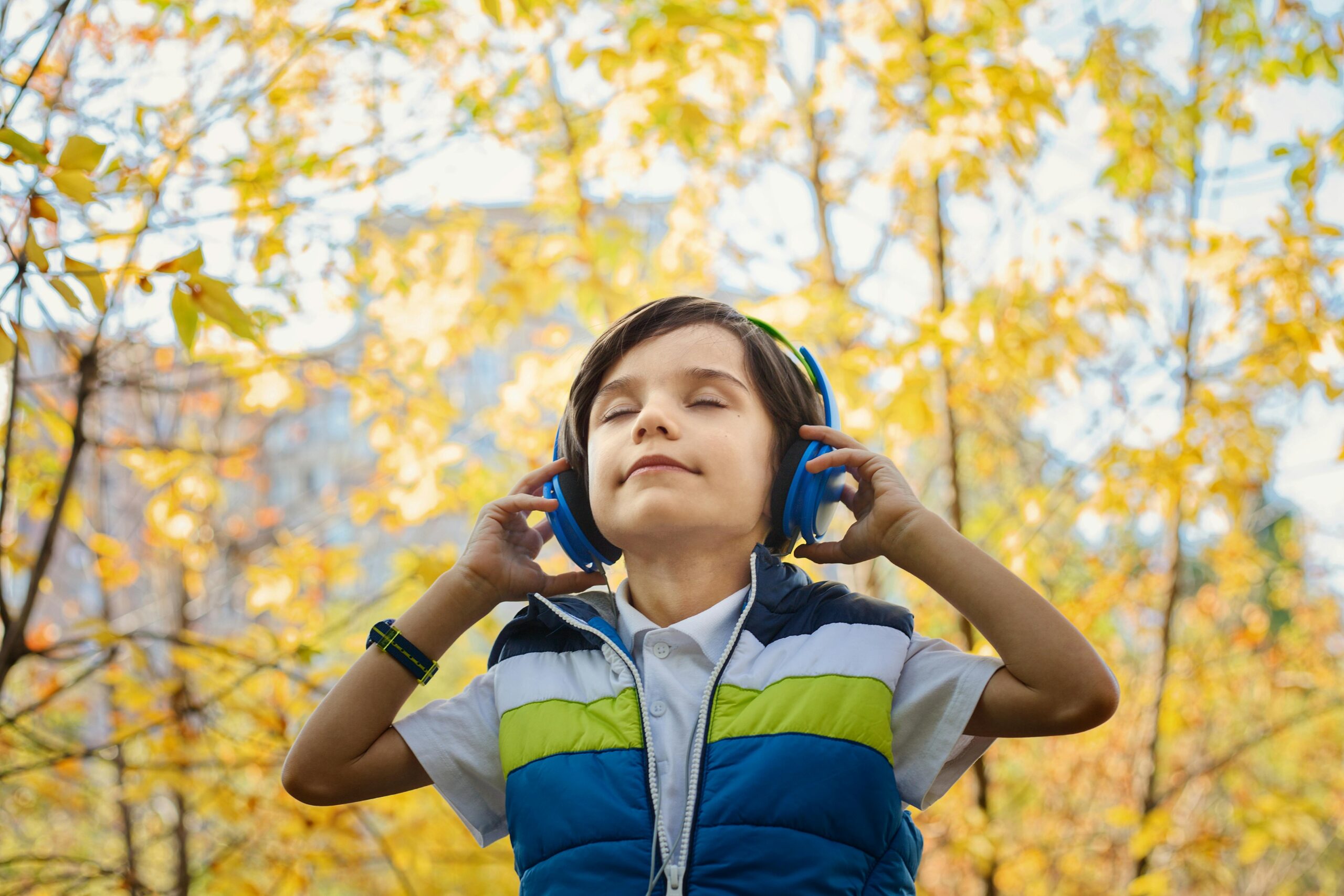The numbers are finally catching up to what podcast creators and listeners have known for years.
According to recent data, global podcast revenues have more than doubled previous projections, with the industry now surpassing $2 billion and continuing to grow at a rapid pace. At the same time, major players like the Financial Times are investing heavily in audio-first formats — building out editorial teams, developing serialized shows, and leaning into the intimacy that only audio can deliver.
For anyone paying attention, this isn’t just a trend — it’s a shift in how media is consumed, monetized, and created. Podcasts are no longer a side project. They’ve become a core channel for storytelling, journalism, and brand strategy.
Why the Podcast Industry Is Growing Faster Than Expected
The early wave of podcasting was driven by accessibility — the idea that anyone with a mic and a message could publish. That was powerful. But what we’re seeing now goes deeper. This is the era of professionalization, monetization, and personalization.
Professionalization
Media giants are taking audio seriously. From narrative investigations to long-form interviews and verticalized content, podcasts are now treated with the same rigor as print or video. The rise of editorial podcasting is not about filler content — it’s about building lasting audience relationships.
Monetization
Ad revenue and subscription models are exploding. As The Thread reports, advertisers are waking up to podcasting’s superpower: attention. In a world of banner blindness and TikTok swipes, podcasts deliver long-form, uninterrupted engagement — and audiences who stick around.
Personalization
Smarter algorithms and distribution systems now surface the right content to the right ears. From fintech to philosophy, there’s a podcast for every niche — and people are finding them faster than ever. That’s made possible by new tools that help listeners discover what fits their interests and routines.
What The Podcast Boom Means for Creators, Brands, and Educators
If you’re creating content in 2025, podcasting is no longer optional — it’s an essential format.
For creators, the opportunity is wide open. Yes, competition is higher, but so are the tools and monetization paths. The question is no longer “How do I start?” — it’s “How do I scale? How do I stand out?”
For brands, podcasts offer something other channels can’t: trust. Whether you’re a startup, a university, a sports club, or a media outlet — podcasts help you build relationships, educate audiences, and showcase your voice in an authentic, scalable way.
And the best part? The barrier to entry has never been lower.
Enter Podcas, Your AI Podcast Solution
With Podcas, we’ve made podcast creation instant and effortless. Our AI-powered tool lets you turn any article, document, or link into a professional-grade podcast — complete with realistic voices, music, and editing — in just a few clicks.
No studio. Nor equipment. Zero experience required.
It’s podcasting, redesigned for the way people learn, teach, and communicate today.










